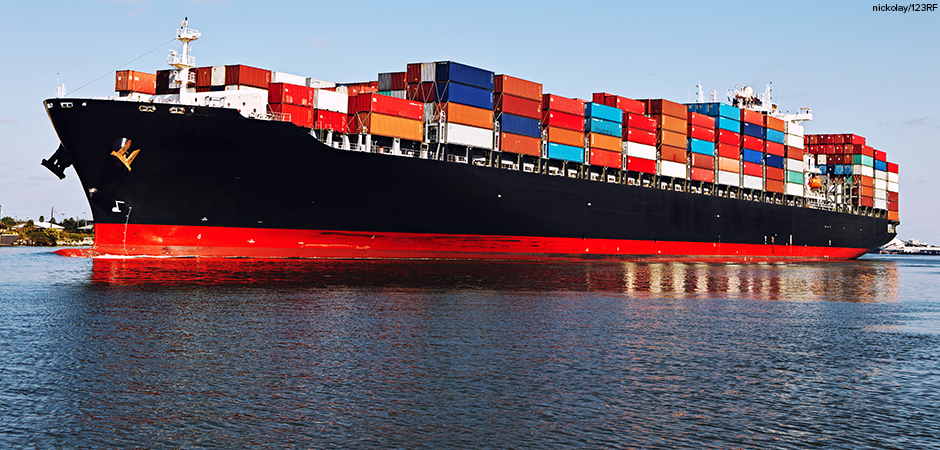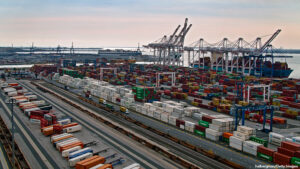
On March 26, 2024, the cargo ship Dali lost power as it left the Port of Baltimore, Maryland. Unable to be steered, the massive ship slammed into Baltimore’s Francis Scott Key Bridge. This caused much of the bridge to collapse into the ship channel. Tragically, there were eight workers on the bridge doing maintenance when the collision occurred. Two of them were rescued from the Patapsco River and survived, but the other six on the bridge that day died because of the collapse.

The Port of Baltimore is one of the busiest ports in the United States. With the collapsed bridge blocking the channel, ships were rerouted to other ports. Thousands of port employees were unable to work. The collapse also impacted many truckers and businesses in Baltimore that rely on the bridge. Baltimore city officials state that the Dali’s owners are liable, or responsible, for paying the billions of dollars in damages, lost wages, and wrongful death caused by the bridge’s collapse.
Maritime Insurance
Insurance companies cover, or protect, the owners of ocean freighters in the case of property loss or damage or if someone is injured. Given the magnitude of the collapse, insurance claims may reach $1 billion to $3 billion. Experts say it will likely take years to decide who owes what—and how much. Three historical precedents (rules established in previous legal cases) of maritime (sea) laws may play a role.
The “General Average” Rule
Since ancient times, sailors have thrown cargo overboard to save the ship and themselves. In such instances, the owners whose cargo was not tossed overboard paid a fair share to any owner who did lose cargo. This practice is known as “general average” and was made official by the York-Antwerp Rules of 1890.
The Dali was damaged and lost cargo containers when the Francis Scott Key Bridge fell on the ship. Owners of other containers onboard will use insurance to split the cost of repairing the ship and pay companies that lost cargo.
Limitation of Liability Act of 1851
Congress passed the Limitation of Liability Act of 1851 to protect shipping companies from total liability [financial responsibility] for lost cargo. The act states that companies only have to repay the value of a ship and cargo at the end of a voyage. When the Titanic sank in 1912, for example, about 1,500 crew members and passengers died. Hundreds of survivors and others sued the White Star Line, the company that owned the ship. Citing the 1851 act, the company paid out only $664,000, despite claims totaling over $16 million.
The owners of the Dali have already filed for limited liability under the 1851 act. However, Baltimore officials believe that the crew knew beforehand about electrical problems. The act does not apply if the shipowner was aware that the vessel was unseaworthy. A judge will decide this case.
Robins Dry Dock v. Flint
Baltimore’s port employees and businesses that will lose money while the bridge is being rebuilt will most likely not receive compensation from the Dali’s owners. The U.S. Supreme Court ruled on a similar situation in the 1927 case Robins Dry Dock v. Flint. The Court found that only physical injuries could be compensated, not economic injuries.
